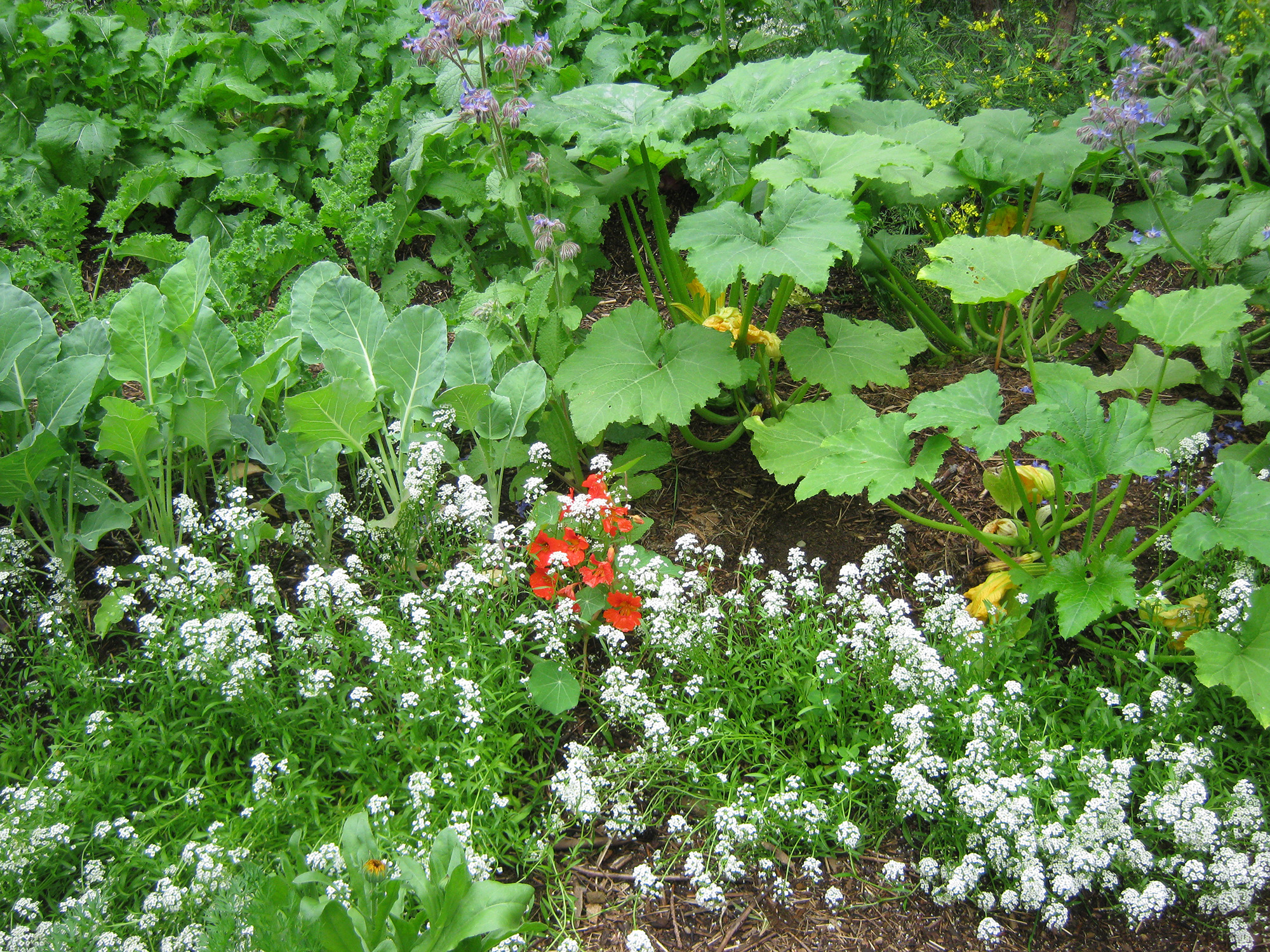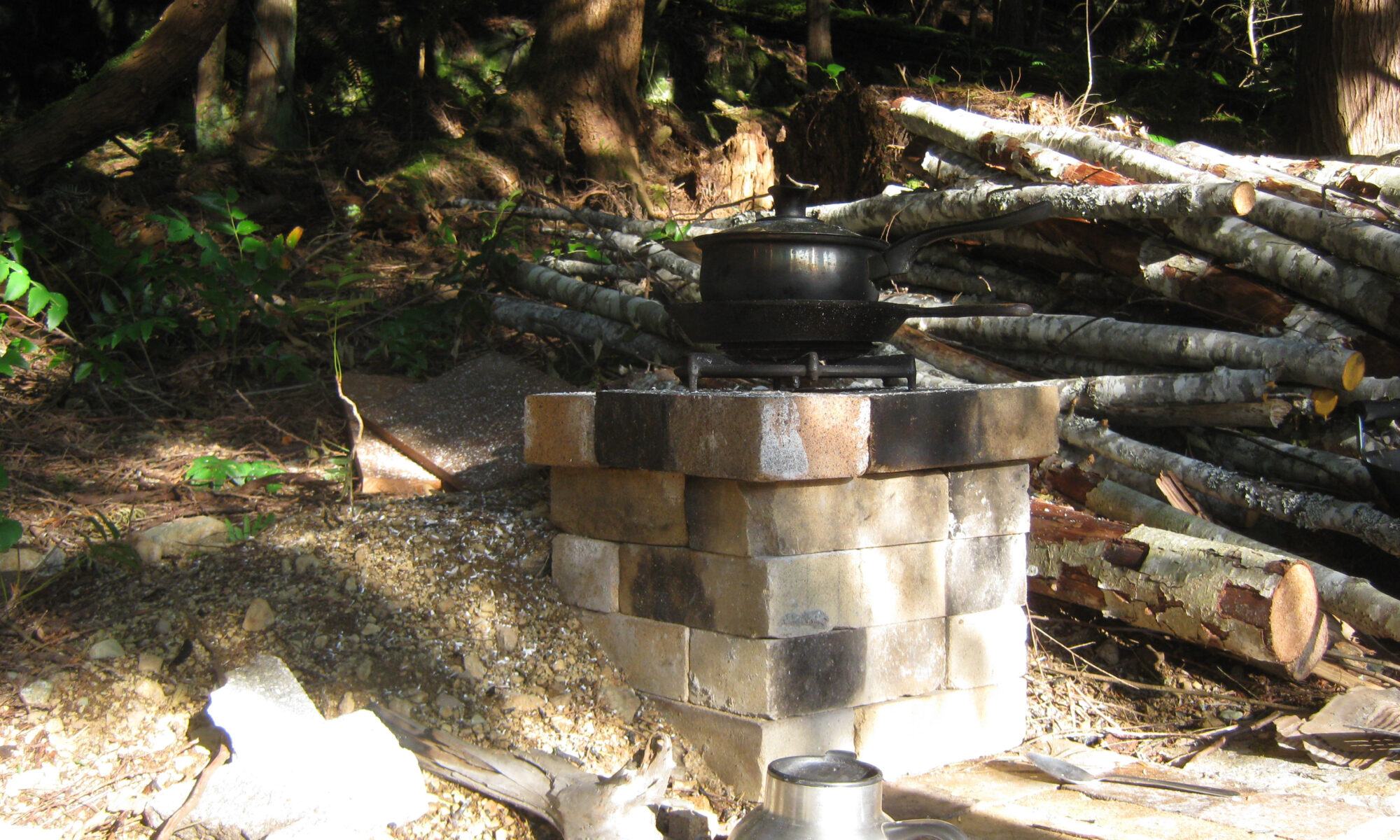In the world we live in now, space can be at a premium. Cities around the world are more and more crowded. Apartment dwellers want to ‘do’ permaculture, but feel their hands are tied.
They can’t have a garden, or put in a rocket mass heater, or put a wind turbine on their roof, or use a composting toilet, or keep chickens, or so many things that are advocated in the permaculture design literature and videos we see online.
But there is always something we can do. The simple acts of using your own shopping bags, refusing to buy overly packaged goods, shopping local, and turning down the heat have an impact.
And the list goes on. It isn’t as sexy as a food forest or a chicken tractor, but it is a small, gentle step in the right direction. And that is enough for a start.
Some people say that you’re not ‘doing’ permaculture if you’re not doing it ALL. I strongly and wholeheartedly disagree with that statement. I think if you are doing what you can, where you are, with what you have, you are ‘doing’ permaculture.
Permaculture design is about so much more than just growing a garden or raising chickens or going off grid. It is a mind set and a vision.
You learn to see the world differently, and always look for ways to arrange things so that they work together, while providing your needs, with the least amount of damage to the earth.
It is a way of looking at the various parts, and putting them together in a way that makes much more sense than the way we have been doing things for far too long.
There are so many things that we do every day, without even thinking about it, that just make no sense to me. And if I can stop doing some of these things, it will make a difference.
It makes no sense to me to flush perfectly good water down the toilet. It makes no sense to me that organic vegetables are wrapped in plastic. It makes no sense to me that ANY vegetables are wrapped in plastic.
It makes no sense to me that certain appropriate technologies – such as rocket mass heaters, composting toilets, and greywater systems – aren’t legal and encouraged everywhere.
Gaining vision
Learning about permaculture design gave me a vision and a dream for the life I want to live. And I am very grateful. But I have to admit, I sometimes miss the utter bliss of ignorance as to what is really happening to our world.
Now that the blinders have come off, I have no excuse for not doing what I can to help. But I’m not perfect by any stretch of the imagination.
I still eat junk food; and I still use an electronic smoking device (I’ve since quit!), and all that that entails (plastic stuff!). I buy stuff wrapped in plastic, and I don’t always recycle. But I’m trying.
I rent a (very tiny) tiny house on a half acre property that is dominated by a very large shop, a house, a couple sheds, and a few (7) vehicles, and is surrounded by very tall trees. And it’s not flat – it’s kind of been built on a hill side, with a lot of large rocks.
But my landlord and I found space for a garden. We built an outdoor kitchen with a rocket stove, and put together a couple of composting bucket toilets. We always have piles of compost in the works, and we hang our clothes to dry instead of using the dryer.
I love to haunt the second hand stores, looking for ‘new’ clothes and useful items. And we are not too proud to scavenge things that other people have thrown out (usually in the bush somewhere).
Here are the things that we are doing on this little property.
- Growing food
- Using compost bucket toilets
- Saving our urine for the compost
- Conserving water wherever we can
- Experimenting with outdoor solar hot water systems
- Cooking on the rocket stoves
- Gathering materials and building compost piles
- Buying secondhand
- Hanging laundry on the line in summer, and on a drying rack in the house in winter
And some things I’m trying to do as much as possible, and getting better all the time:
- Minimize overly packaged purchases
- Upcycling
- Preserving food from the garden
- Buying local
- Learning to make do
- Learning to do without
- Reducing the power bill
It’s really not about doing it all perfectly. It’s about doing SOMETHING. Start somewhere. Get excited about something. And it will build from there.
For me it was gardening. I find growing my own food, and harvesting meals fresh from the garden, exceedingly satisfying.
And after learning all I could about permaculture, all the other aspects started to interest me too: alternative energy, natural building, appropriate technology – it’s all fascinating stuff to me. I’m not in a position to start using any of it yet, but I’m learning all I can so I’ll be ready when the time comes.
Just do something
Don’t feel like you have to know it all, or have property, or go off grid and live off the land in order to apply permaculture design to your life. Start doing what you can, where you are, with what you have. And watch it grow!
There are heaps of videos and blogs out there just overflowing with information about what people who only have a small space can do.
Once you start reading and watching videos and learning, your own imagination and enthusiasm will kick in and you’ll think of more all on your own.
You’re smart. You can do this. Just put your mind and your imagination to it, and you’ll think of lots of things you can do to work toward ‘living permaculture’.
If you have any questions for me, or advice for others on the quest, please leave a comment.
Health, Hope & Happiness
Tracy


Permaculture fits very well into the tiny living lifestyle – one that I hope to live someday. Less stuff and more time nurturing the body with natural food, water, and light. I am starting now with decomposing kitchen wastage and turn it into manure for my tiny garden. Initially, it feels kind of yucky but when you realized how organic the whole process, it feels like your garden is really flourishing naturally.
Hi Cathy
Yes, it does! I live in a very tiny home. It doesn’t have a kitchen or bathroom. Gotta run across the yard for that!
I’m glad to hear that you are starting to do what you can. That’s where it all starts.
Thanks for your comment.
Tracy
Thanks for this lovely article. I love Permaculture. I love the systems and I also love the tiny house movement. Once I can get a regular income online I will be implementing more permaculture principles into my life. I do a number of the things you suggest, plus worm farming, and solar energy. My dream is to live a low impact life, good luck with yours and I look forward to reading more about it 🙂
Hi Deb
I’m glad you enjoyed it. I could write/talk about permaculture all day long.
So happy to hear that you are working toward the low impact life. The more of us who do, the better off the world will be.
Thanks for joining the conversation!
Tracy
I read in this article that you are using urine compost for watering your plants? I thought it’s not good to use that. Old folks here were telling us when we were just kids to not pee on the plants as they are going to die if we do. Then, in this article, I learn otherwise. So, this got me a bit confused about which one is true.
It is admirable that you found a way to plant amidst the limited space the city provides. We have a huge farm here in my country but we’re living in a city far away from that farm. And this article reminds me of how my mother is using the available space to plant flowering plants.
Hi
Thank you for your comment and inquiry. When I use urine, I only pour it on the compost piles. Then the piles sit for a few months before they go onto the garden. The urine adds nitrogen to the piles and helps them break down. By the time I use it on the garden, it is perfectly safe.
It isn’t advisable to pour urine directly on or near plants as it is very ‘hot’; and yes, it can kill the plant. If it is watered down a lot, it is okay to water near plants. But it is best to put it through the composting process, just to be safe.
Thanks for the great question. And I hope your mother’s flowers bloom beautifully this year.
Hi! Thank you very much for the encouragement in this post to continue doing permaculture. I have also heard that statement that one’s not ‘doing’ permaculture if one is not doing it all! And I agree with you, we have to start with what we have. I like it when I find posts as your that give that tap on our shoulder. I’ll bookmark your site! Thanks!
Hi Paolo;
Thank you for the comment and feedback. I’m glad my post spoke to you. Hopefully more and more people will start doing what they can with what they have. A girl can dream!